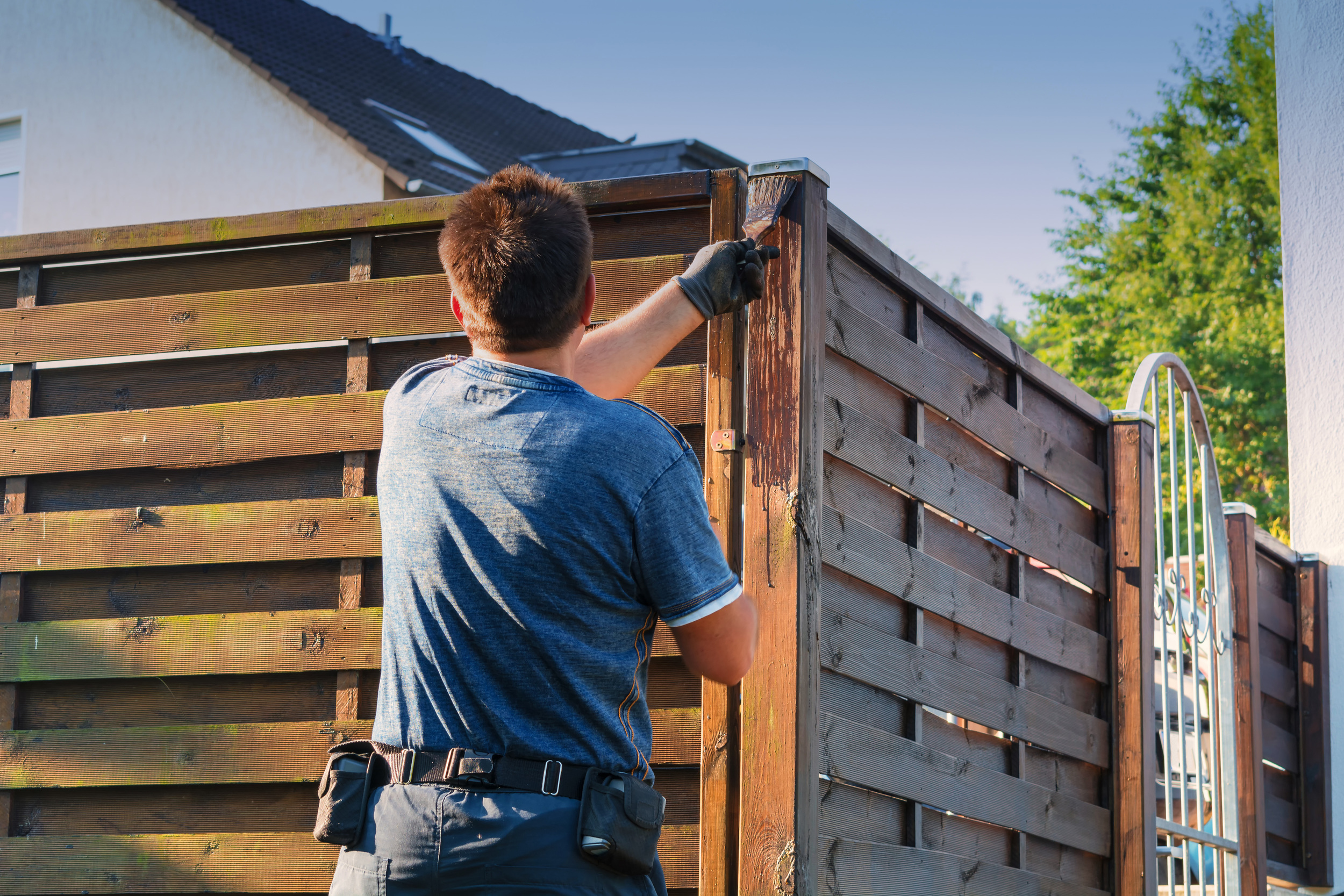
Fence repair or installation constitutes a nuanced blend of practicality and aesthetic finesse, shaping the boundaries and character of outdoor spaces. Beyond serving as mere dividers, fences are guardians of privacy, symbols of security, and contributors to the visual harmony of a property. Whether breathing new life into a weathered fence or crafting a fresh enclosure, the craftsmanship involved in fence repair or installation is a delicate art that harmonizes functionality with creative design.
In the realm of fence repair, craftsmen play the role of architectural healers, tending to the wounds inflicted by time, weather, and wear. A sagging gate, rotting wood, or rusted hardware becomes a canvas for these skilled artisans to rejuvenate. Content writers exploring this domain might delve into the myriad challenges faced by aging fences and the expertise required to address them. A meticulous assessment of the existing structure serves as the foundation for a targeted repair strategy, with the goal not only to mend the visible wear but to fortify the entire fence against the elements. Whether it’s replacing damaged pickets, reinforcing posts, or repainting to protect against corrosion, fence repair is an art that breathes vitality into tired enclosures.
Fence installation, on the other hand, is a choreography of design vision and technical precision. Content writers can emphasize the transformative role of a well-designed and properly installed fence in defining property aesthetics while providing functional benefits. Skilled craftsmen embarking on a fence installation project commence with strategic planning, considering the purpose of the fence, the desired level of privacy, and the architectural style of the property. The choice of materials becomes a pivotal decision, with wood exuding classic charm, vinyl offering durability, and metal providing a sleek, modern appeal. Each material brings its own set of considerations, and the craftsman becomes a guide, helping homeowners navigate through the options to find the perfect fit for their needs.
The installation process involves more than erecting panels; it is an orchestration of measurements, alignments, and aesthetic choices. The height and spacing of posts, the selection of gates, and the incorporation of decorative elements like lattice work or finials contribute to the overall design. Content writers may underscore the role of a well-installed fence as not only a functional barrier but an integral architectural feature that complements the property’s visual identity. Craftsmen, through meticulous attention to detail, ensure that the fence seamlessly integrates with the landscape, becoming a defining element rather than a mere enclosure.
In exploring fence repair or installation, content writers may illuminate the versatility of fences in outdoor design. Fences become integral components of backyard retreats, delineators of functional spaces, and backdrops for landscaping features. The interplay of fences with landscaping is a crucial aspect, where carefully chosen greenery enhances the visual appeal of the enclosure. Craftsmen proficient in fence installation comprehend this synergy, collaborating with landscapers or homeowners to create outdoor environments that seamlessly merge functionality and aesthetics.
The longevity of fences, whether repaired or newly installed, is contingent upon proper maintenance. Content writers might underscore the significance of routine care, from treating wooden fences with sealants to inspecting metal structures for signs of rust. Craftsmen advocating for proactive measures to address issues before they escalate ensure that the investment in a well-crafted fence endures over time, preserving its functionality and visual appeal.
In conclusion, fence repair or installation represents a harmonious marriage of form and function in outdoor spaces. It is a dance of craftsmanship where skilled hands mold barriers into integral components of a property’s identity. Content writers navigating this realm must capture the essence of fences as more than physical boundaries, emphasizing their multifaceted role in enhancing privacy, security, and the overall visual narrative of outdoor spaces. The craftsman, whether repairing or installing, emerges as a guardian of both practicality and aesthetics, weaving fences seamlessly into the very fabric of a property’s character.



The frequency of roof repairs varies based on factors like material, climate, and maintenance. Typically, asphalt shingles may need attention every 20-30 years, while metal roofs can last 40-70 years. Harsh weather conditions and poor installation can expedite repairs. Regular maintenance, such as cleaning gutters and inspecting for damage, can extend a roof's lifespan. Immediate attention to leaks is crucial. Professional inspections twice a year help identify and address issues early, minimizing the need for frequent repairs. Overall, proactive care and timely repairs contribute to a roof's longevity and reduce the frequency of interventions.
The duration of a roof repair varies based on the complexity and extent of the damage. Minor repairs, like fixing a few shingles or addressing a small leak, may take a few hours. Moderate repairs, involving more extensive damage, could take a day or two. Major repairs, such as structural issues or widespread damage, might extend to several days or weeks. Weather conditions, material availability, and the expertise of the roofing team also influence the repair timeline. Promptly addressing issues and hiring experienced professionals contribute to efficient repairs, ensuring the process aligns with the specific needs of the roofing project.